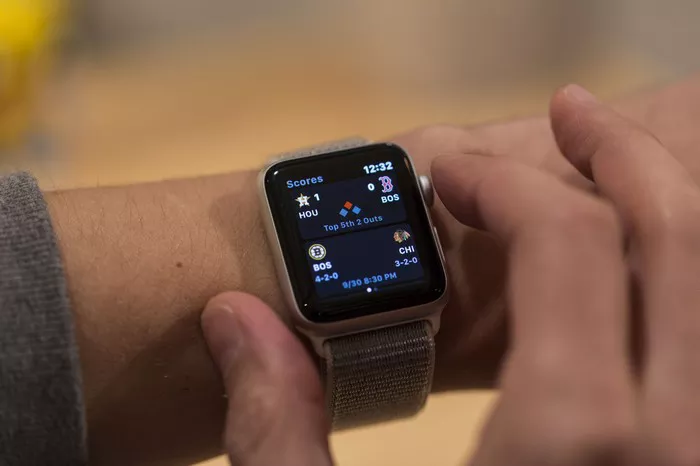With the integration of advanced health monitoring features, the Apple Watch has become more than just a smartwatch—it’s a powerful tool for managing your health and well-being. One of the most anticipated features is the ability to measure blood pressure directly from your wrist. In this comprehensive guide, we’ll explore how to accurately measure blood pressure using your Apple Watch, providing you with the knowledge and tools you need to monitor your cardiovascular health effectively.
Understanding Blood Pressure Measurement on Apple Watch
Blood Pressure Monitoring:
The latest models of the Apple Watch are equipped with advanced sensors that can measure various health metrics, including blood pressure. This feature allows users to track their blood pressure levels conveniently and regularly, providing valuable insights into their cardiovascular health.
Health App Integration:
Blood pressure measurements taken with your Apple Watch are seamlessly integrated into the Health app on your iPhone. This allows you to view your blood pressure trends over time, share data with healthcare providers, and receive personalized health insights and recommendations.
Measuring Blood Pressure With Your Apple Watch: Step-by-Step Guide
Ensure Proper Fit:
Before measuring your blood pressure with your Apple Watch, ensure that it is snugly fitted on your wrist and positioned correctly. A loose or improperly positioned watch may result in inaccurate readings.
Launch the Health App:
Open the Health app on your iPhone, which serves as the central hub for managing your health data. Navigate to the “Browse” tab and select “Heart” to access the blood pressure monitoring feature.
Initiate Blood Pressure Measurement:
Tap on “Blood Pressure” to initiate a blood pressure measurement using your Apple Watch. Follow the on-screen instructions to position your wrist properly and remain still during the measurement process.
Wait for Measurement:
Your Apple Watch will begin the blood pressure measurement process, during which it will inflate and deflate the wrist cuff to obtain accurate readings. This process may take a few moments, so remain patient and avoid moving your arm.
View Results:
Once the measurement is complete, your Apple Watch will display your blood pressure readings directly on the screen. You can also view additional details, such as heart rate and pulse waveform, to gain insights into your cardiovascular health.
Tips for Accurate Blood Pressure Measurement
Maintain Proper Positioning:
Ensure that your Apple Watch is positioned correctly on your wrist, with the sensor touching your skin and the watch snugly fitted. Avoid wearing the watch too tight or too loose, as this can affect the accuracy of the readings.
Stay Still During Measurement:
Remain still and avoid talking or moving your arm during the blood pressure measurement process. Any movement or interference can result in inaccurate readings, compromising the reliability of the data.
Measure at Rest:
For the most accurate blood pressure readings, measure your blood pressure while at rest and in a relaxed state. Avoid measuring blood pressure immediately after physical activity, eating a meal, or consuming caffeine or alcohol.
Conclusion
In conclusion, measuring blood pressure with your Apple Watch offers a convenient and accessible way to monitor your cardiovascular health on a daily basis. By following the step-by-step guide and implementing tips for accurate measurement outlined in this comprehensive guide, users can harness the full potential of their Apple Watch for managing their health and well-being. With seamless integration into the Health app, personalized insights, and real-time monitoring capabilities, the Apple Watch empowers users to take proactive steps towards maintaining optimal cardiovascular health. Whether you’re tracking trends over time or seeking immediate insights into your blood pressure levels, the Apple Watch serves as a valuable tool for promoting overall wellness and longevity.

